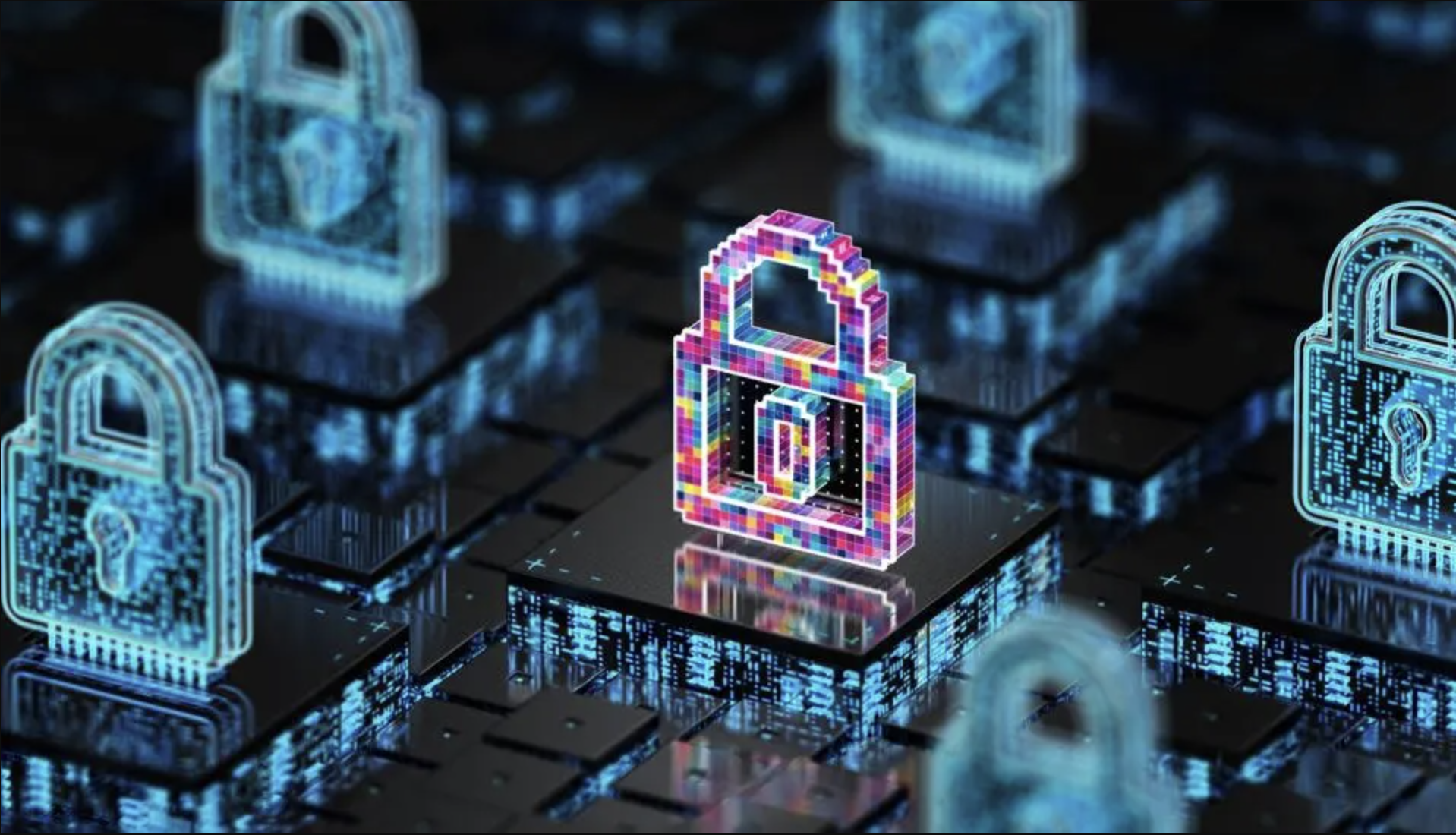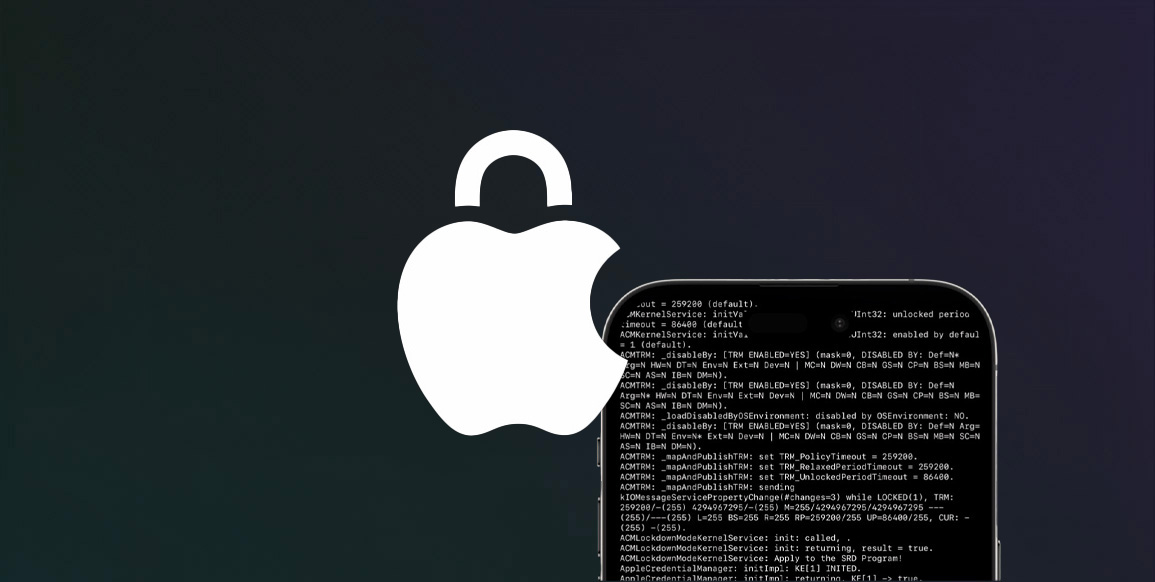

Michelle Drolet
About 63% of organizations worldwide have partially or fully implemented a zero-trust strategy. For those who don’t know what zero trust means, it’s basically a security model that enforces strict verification for every user and device that is trying to access applications or other company assets. So why is zero trust suddenly so popular? There are several
4 Minute 34 Second Read









